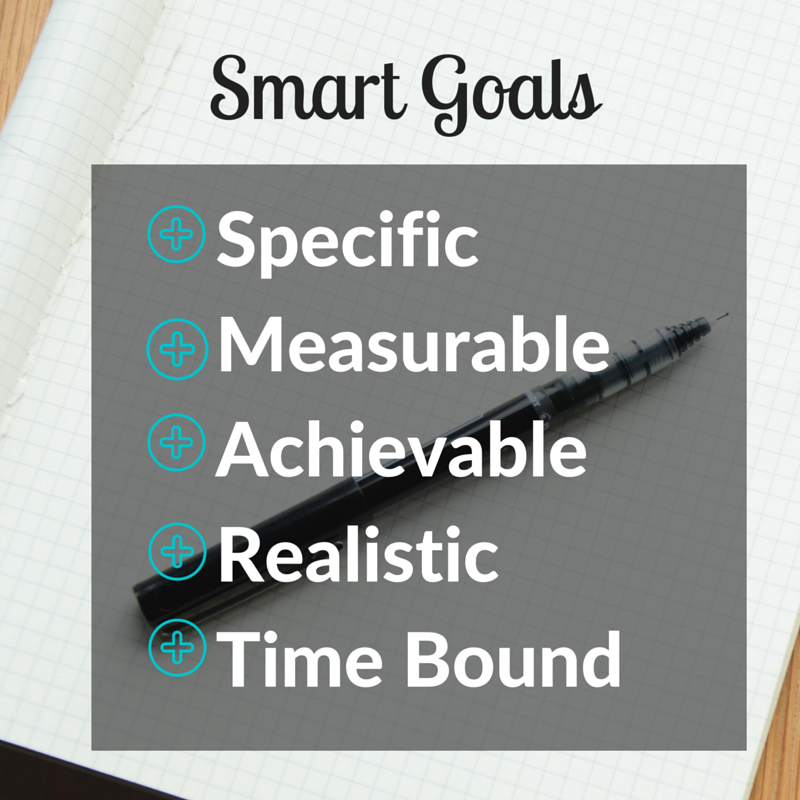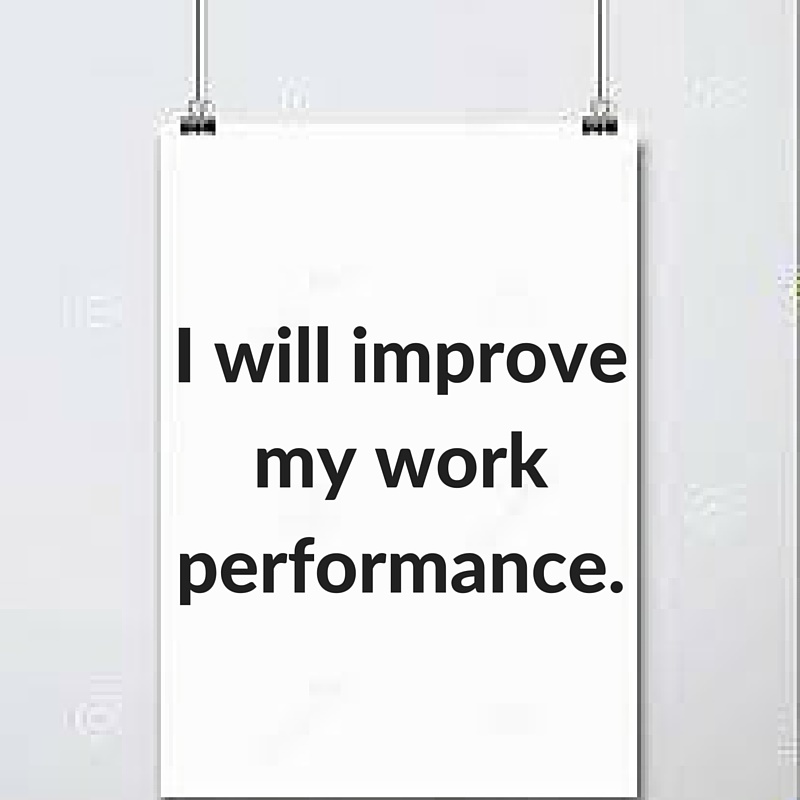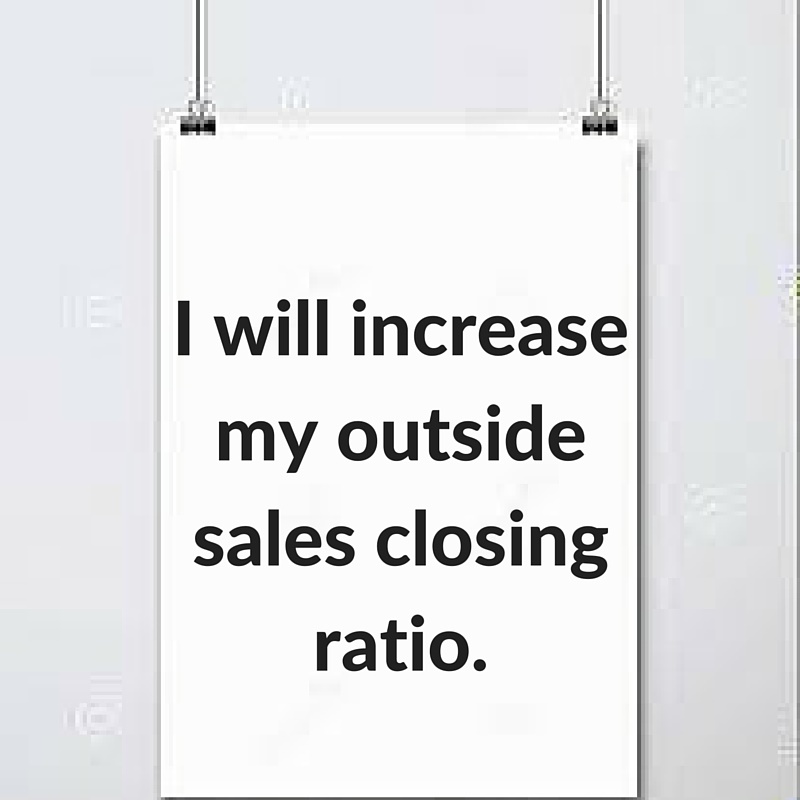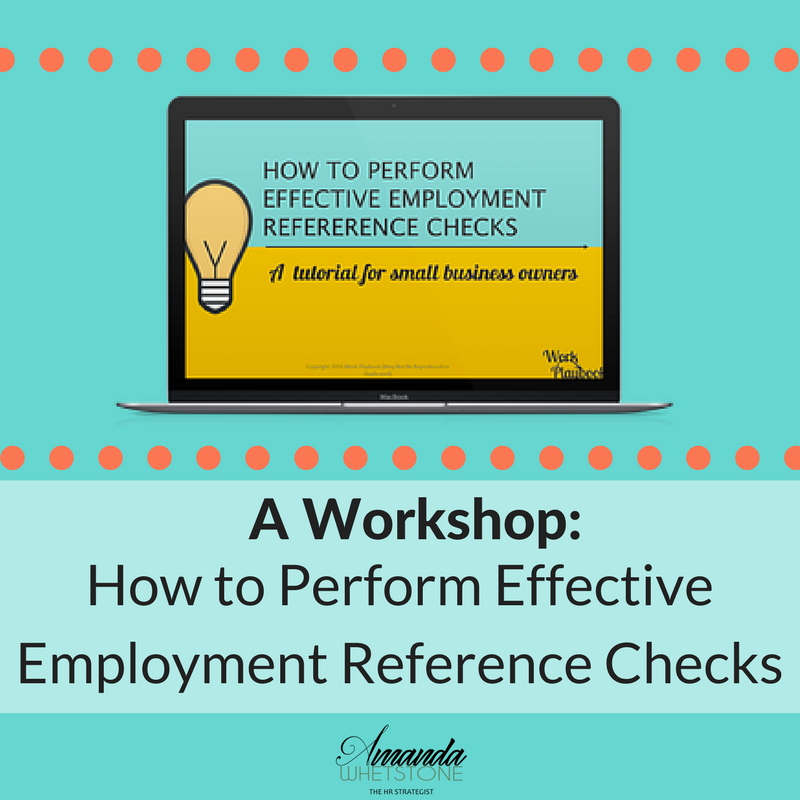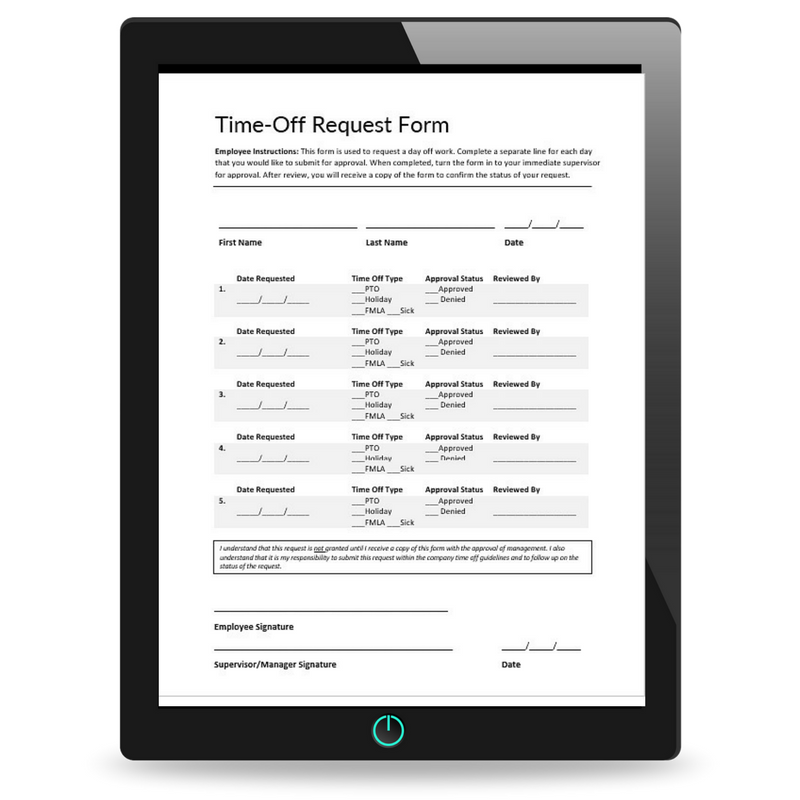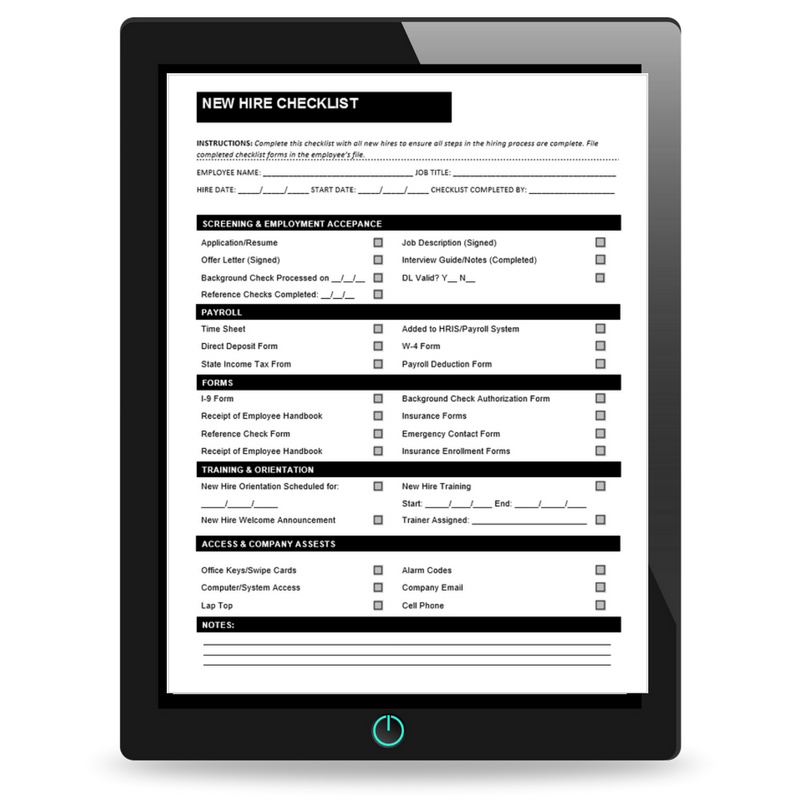|
I can't guarantee it, but I'm pretty sure you've heard of SMART goals. Maybe in a management course, leadership book or a Google search looking for information on goal setting. The concept of SMART goals is not new. But just because it is not new doesn't mean it is not useful. And just because there are probably a million resources already in existence, doesn't mean that the topic couldn't use one more web page dedicated to it.
So in this post, my goal is not to revolutionize the concept of SMART goals, add to or take away. I sat down and started typing because I've observed so many small business owners not use this method of goal setting or even worse skip goal setting with their employees all together. I don't want that to happen to you. This spin of SMART goal setting is just for you, the small business owner. We're going to break it down not just with what SMART goals are, but how to set them with your employees and why you want to take the time to do this. Of course, I have some worksheets for you too. So let's go ahead and dive in. Why Should I Set Goals With Employees In the First Place?
Well, ok then we'll get the objections out of the way first. I'm actually happy that you asked this question. With all the things that you have to do, I totally get why sitting down with employees to set goals is not something you're jumping up and down to do. Maybe you hated doing this in previous jobs and don't want to incorporate this into your business. Or perhaps you're thinking that the jobs in your business are "professional" enough to have the employees set formal goals. Honestly, I get all that. Here's the thing though, if employees don't have goals, what are they work on and working towards? How will they clearly know what to do to advance, to improve their performance or to make their contributions to over the overall goals of the organization? The answer is they won't. Which isn't good for them, you or the business. Is this compelling of a reason to get on the goal setting bandwagon with me? Awesome.
Let's Break Down What S.M.A.R.T Goals are Exactly
I'm going to risk being redundant, but one can't write a blog about setting SMART goals and not explain what they are exactly. So if you are familiar with what they are, then kudos, this will be a review for you. If not, I'm so excited to introduce you to this epic topic.
SMART is basically an acronym to make it easier to remember the components that goals should have. Each letter represents a broader concept and an element the goal should include. Here's the breakdown: S-Specific M-Measurable A- Achievable R- Realistic T- Time bound Essentially, this is your recipe for goals that are targeted, results oriented and basically set your employees up to get things done. Vague goals, with no end date that aren't targeted accomplish nothing. No more of that. The whole point of setting a goal is to make progress and advance beyond where you are to something more desirable. The reason why most people see goal setting with employees as a waste of time is because the goals aren't meaningful enough to result in any kind of change or even be taken seriously. For example, if I sit down with an employee who does janitorial work. Let's just call this employee Olivia. Ok so Olivia has failed some quality inspections and that's a big deal. I can sit down with her and set a goal that may be something like, "I will improve my quality.", to address the issue and get her focused on doing a better job. This should fix the problem right? Well, fast forward a few weeks and Olivia is still having quality issues and failing inspections. Olivia is a terrible employee and I should fire her right? Negative. Olivia's rating as an employee is still up for determination. What needs to be fired is the goal. It was practically pointless. Here's why. Improving work quality is a broad goal. So broad that it becomes meaningless. What are we even talking about? Chances are you have an idea in your head of what you mean. Your employee may have another or they may just be smiling, nodding and saying the right things to get out of your office. We will never know with this goal. It tells us nothing. Was Olivia failing quality inspections because she wasn't dusting properly? Or not following procedures? Or was she using the wrong cleaning solutions? What exactly was causing her issues? Maybe she thought she was improving in the correct areas but that wasn't what you had in mind for her to work on. Did you want her to work on this now? Was she taking steps to catch up on things but you followed up with her too soon? That would be great to know, but unfortunately this goal tells us zip about anything. With so many questions, can we seriously hold an employee accountable? I mean you could, but it wouldn't exactly be fair. It is reasonable that you and the employee could have had two different goals in mind. So among many other reasons, accountability is pretty high on the list as to why adopting S.M.A.R.T goals is a smart idea. If you aren't convinced to jump on board and change the way to set goals with employees, I got three more reasons for you:
All good stuff, so let's explore each component further so you nail writing smart goals. SPECIFIC
Specific: Smart goals clearly identify what will be accomplished. The goal is targeted, focused and not at all vague. Let's take a look at the example below. The first goal is very vague and leaves lot of questions. What about work performance will be improved? Where is the employee focusing their attention? There is a lot that goes into work performance. In effect this goal would not be effective because there is no way of knowing what the employee was working on the first place. In the second example, we know exactly what part of work performance the employee will work to improve. With this focus, the employee's supervisor can monitor their progress and offer support like additional training.
MEASURABLE
This answers the question: When will I know that I've reached the goal? It also answers the question what metrics can I use to determine my success? The answer to the question should be something that can be observed and tracked. If you will improve sales, by what percentage or how many additional sales or dollar amount. If you are improving a quality score, what percentage are you looking to reach? Setting a goal without a measurable outcome is pretty much a never ending goal. So think about what would mean success for your employee and put a measurement on it.
You most likely already have these measurables in place within your business. Look to reports and statistics that you already use to measure performance and the growth of your business. Some things to investigate as measurables may include information like:
ATTAINABLE
Can the employee actually achieve this goal? While it is good to have goals that stretch employees, the goal should reasonably be within their ability to achieve. Some good things to consider when setting goals would be:
REALISTIC
Does this goal have anything to do with your business or the employee's job? That's the question we answer here. You'd be surprised how many goals I've seen that are completely unrelated to the employee's job. While there is nothing wrong with wanting to run a marathon, learn spanish or lose a few pounds, those my friend are personal goals. Those are not work goals. Any goals that you set with employees should be:
TIME-BOUND
Goals need an end date. When are you going to get this stuff done by friends? We need some rock solid time frames. This is where the commitment comes into play. Decide when you are going to do it. When a time frame is given, you can then follow-up. And not only follow-up but expect some results.
Getting Started with S.M.A.R.T Goals
Nike said it best. Just do it. There is no secret formula here. The best way to get started with S.M.A.R.T goals is to just start writing S.M.A.R.T goals. I hope that's not a disappointment for you. For somethings there are no inside secrets, but I do have some tips for you that I've learned along the way. Here's what I got for you:
So there you have it, my contribution to the S.M.A.R.T goals conversation on the world wide web. Do you currently use S.M.A.R.T or has this post encouraged you to start? Drop a comment and let me know.
0 Comments
Leave a Reply. |
On SocialLATEST WORKSHOPSmust reads!HELPFUL RESOURCESTIME OFF REQUEST FORM
NEW HIRE CHECKLIST
INTERVIEW PLANNING WORKBOOK
|


